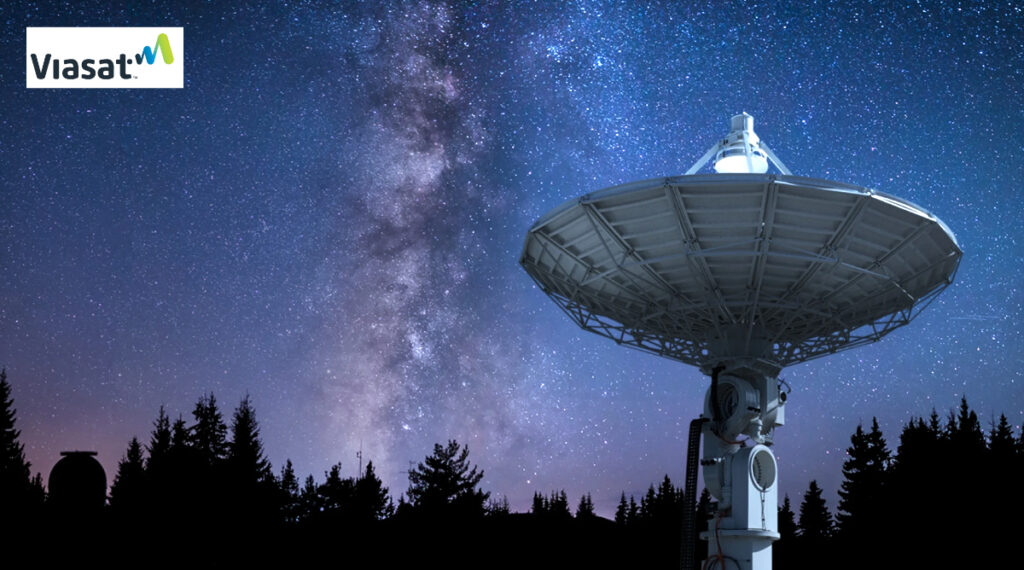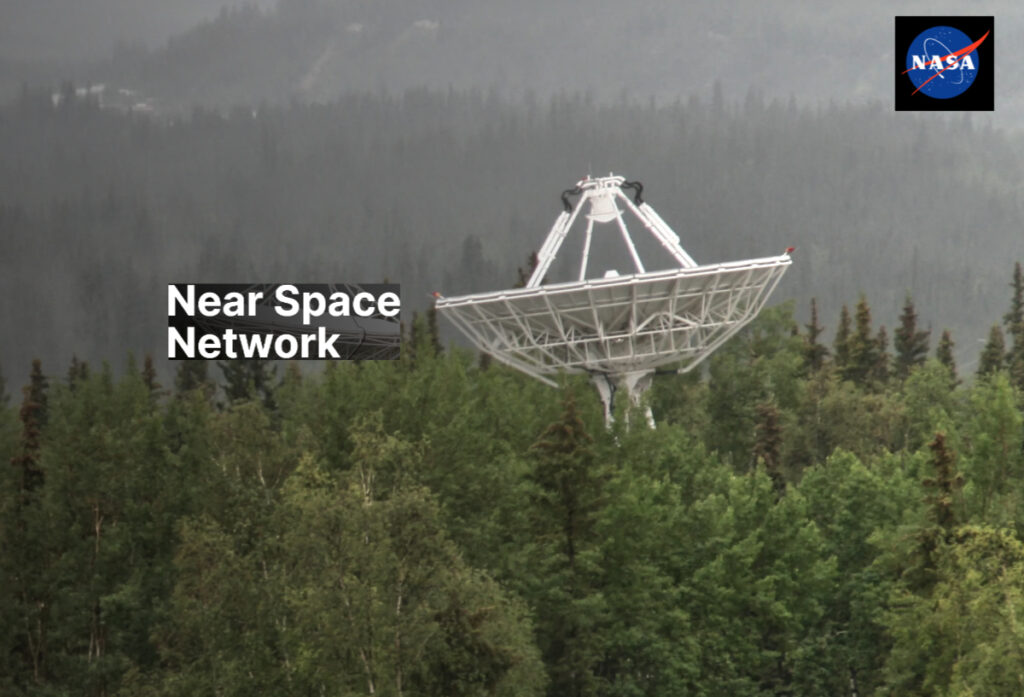
Viasat, Inc. (NASDAQ: VSAT) has been selected by NASA to support the agency’s direct-to-Earth (DTE) capabilities via the Near Space Network (NSN) Services contract, part of a five-year multi-award indefinite delivery, indefinite quantity (IDIQ) contract program with an option to extend five years at a total cumulative value of $4.82 billion.

Viasat is one of four commercial companies NASA announced will receive Task Order awards under this initiative. Initially, Viasat will provide global ground segment support services to NASA missions, with the potential to provide additional services in the future.
The NASA NSN Services contract will provide commercial ground and space relay services for future NASA missions from LEO to two million kilometers from Earth. As part of the contract, Viasat’s Defense and Advanced Technologies (DAT) business will join other commercial providers in supplying DTE connectivity to current and planned NASA space missions. In 2023, NASA reported it satisfies about 36% of its DTE services through commercial providers, leaving significant room to expand with the aim to fully use commercial DTE services for near-space missions.
Viasat will support NASA communications with its global Viasat Real-Time Earth (RTE) Ground-Segment-as-a-Service (GSaaS) network, providing LEO missions with a resilient and high-throughput satellite to ground communications solution. Viasat has teamed with ATLAS Space Operations, leveraging their Freedom Ground Software as a Service and Global Federated Network, and the Alaska Satellite Facility (ASF) to provide NASA with a modern, highly capable, and geographically diverse satellite ground network.
The Viasat RTE network is capable of multi-gigabit per second downlinks over a hybrid network-of-networks with a footprint across six continents, allowing NASA to significantly increase its daily opportunities to downlink information and support the timely delivery of mission critical data. Viasat’s integrated RTE network capability will offer modern ground advancements in artificial intelligence, machine learning, and cloud-based optimization, as well as the benefits of a resilient and scalable ground network solution.
The Viasat network includes access to an existing global Ka-band network for remote sensing data, and future enhancements will enable the integration of Viasat’s advanced space relay solutions for L-band and Ka-band.
Viasat’s multi-orbit space relay services are separately being demonstrated under the NASA Communications Services Project, which supports NASA’s transition from its legacy Tracking and Data Relay Satellite System (TDRSS).

In November 2024, the agency announced that the NSN will no longer onboard new TDRSS users and will support missions either through the network’s existing DTE capabilities or commercial relay services.
The NSN Services contract aligns with NASA’s aim to identify and take advantage of available commercial capabilities to support mission communications and navigation requirements. By integrating additional commercial providers into the NSN, NASA can transport more science, tracking, telemetry and command data to support NASA’s communications requirements for current and future missions.
“Viasat is thrilled to be selected by NASA to support NSN Services for critical mission needs,” said Kent Leka, Vice President and General Manager of Antenna Systems at Viasat. “From its inception, the Viasat RTE ground service was designed to be a high throughput, scalable, and automated ground service for supporting the most critical and data intensive missions in space. Through our work with ATLAS Space Operations and the Alaska Satellite Facility, NASA will gain access to a cutting-edge communications solution that improves performance, significantly increases efficiencies over legacy systems, and provides a more cost-effective service for delivering mission data. We are excited to bring these advanced ground services forward to support NASA’s evolving NSN Services requirements.”
